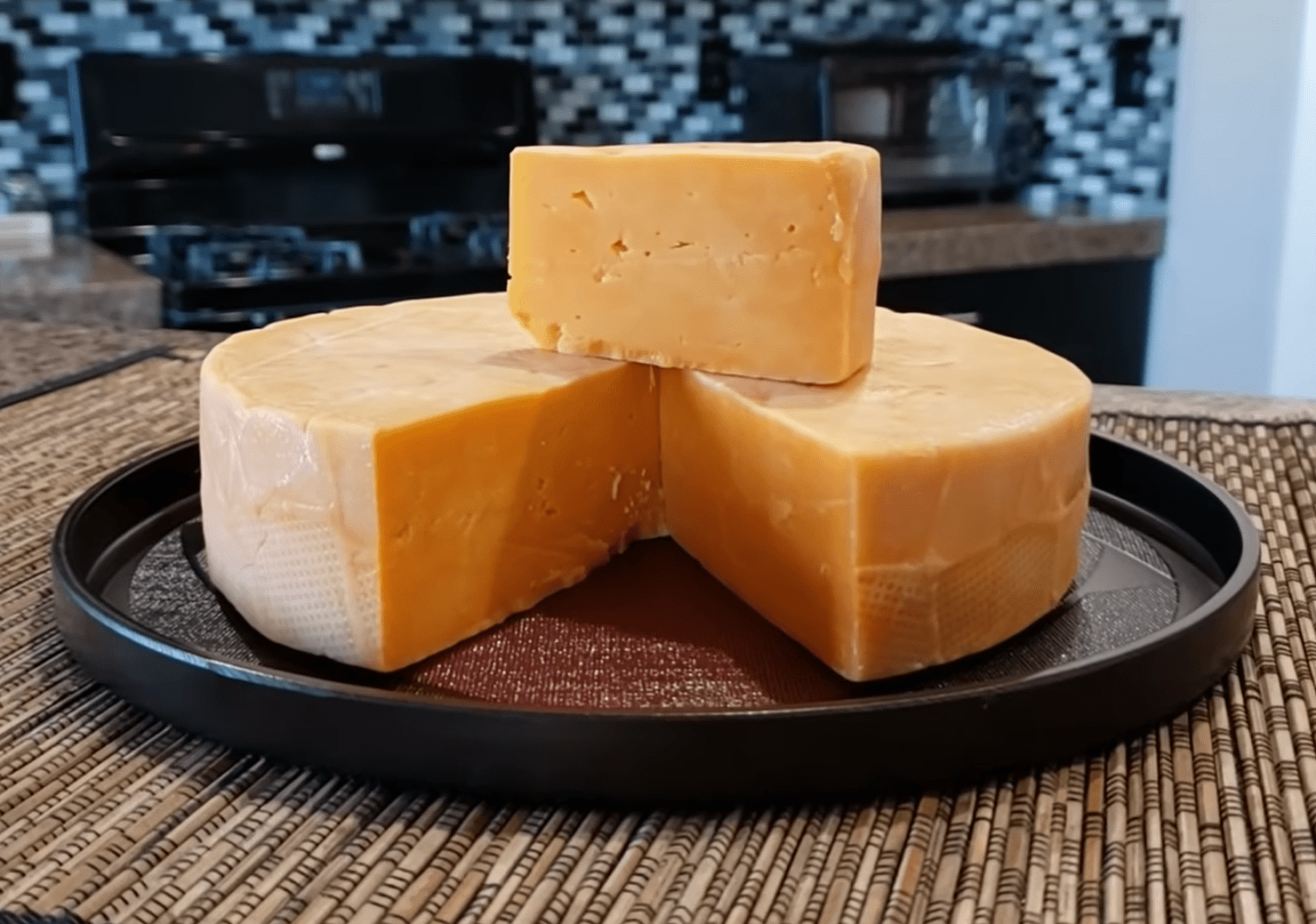As an Amazon Associate, I earn from qualifying purchasesCheese should be frozen to keep it fresh for longer, just like other foods. To maintain their texture and taste, all types of cheese, including hard cheeses, soft cheeses, and milder cheeses, should be stored in airtight packaging.
However, when you want to use frozen cheese, it needs to be defrosted first, which can be done in various ways. This guide will show you the proper methods to defrost frozen cheese.
What’s the Best Way to Thaw Cheese in the Microwave?
The fastest way to defrost cheese in the microwave is on a microwave-safe plate. It is essential to set the microwave to the lowest temperature. Otherwise, you can end up cooking the cheese or giving it a bad texture. Make sure to freeze cheese using a freezer bag so it doesn’t melt, as this will affect its texture.
Heating the soft cheese at very high temperatures can also lead to the loss of oils, making the soft cheese wet on the outside but extremely dry on the inside. The best practice to defrost cheese in the microwave is to have 30-second intervals. You can stop heating it with a cheese or butter knife when it gets soft enough to cut through.
Suppose you’re looking for a quick solution for originally frozen cheese. This is how you should thaw cheese.
What’s the Best Way to Thaw Cheese in the Fridge?
It is possible to defrost frozen cheese in the fridge. To do this, you should first remove ice crystals and the cheese from its packaging. This way, it will have some room to breathe. The cheese can then be put on a flat plate. You should put the cheese plate in a cooler part of your fridge. This will keep it cooler for a longer time. Depending on the size of the cheese, it can take up to 2 days until completely defrosted. Small slices can totally thaw in less than a day.
Since the cheese is no longer in its original packaging, it must be eaten within a few days. This is because cheese goes bad if it sits out for too long, especially soft cheese and cream cheese.
How to Defrost Cheese in Cold Water
You can thaw frozen cheese in cold water, but you shouldn’t do this unless you have no other choice. This is because letting cheese thaw in water makes it more likely to go bad. Keep the cheese in its original packaging, plastic wrap, or a freezer bag to keep it from going bad. Put the cheese in a bowl made of stainless steel and stir as you add cold water.
The water should cover the cheese completely. You can take it out of the bowl after 30 minutes to see if it is soft enough. If it’s still frozen, you can do it again and again until it’s ready to eat because cheese takes longer to melt in cold water. Check to see if the texture of the cheese changes, especially for hard cheeses, to ensure it’s still safe to eat.
How to Defrost Cheese in the Oven
Cheese can also be taken out of the freezer in the oven or on the stovetop. A recipe calls for cooking the cheese as part of this process. You won’t have to take the cheese out of the freezer first because it will thaw as it cooks. Search for a suitable cheese recipe; for example, bake it in a baking tray with brie or stir it in mac and cheese. You can also throw your cheese into salad or pasta.
People also read – Korean Cheese Balls Recipe
What’s the Best Way to Thaw Cheese on the Counter?
To defrost cheese on the counter, last for 2 to 3 hours. How fast the process goes will depend on how hard the cheese is. Softer cheese, like cream cheese, will typically defrost in less than 1.5 hours, while hard cheese will take more than 3 hours.
Keeping the cheese in its packaging is important, as this will keep moisture out. When the cheese thaws, it will get harder if it comes into contact with water. You can store delicate cheeses in a plastic bag to keep them from getting wet.
What is the Best Way to Thaw Cheese?
The best way of thawing cheese will depend on you. If you want the cheese to defrost quickly, you should use the microwave. You can also add it to your dishes so that it defrosts the cheese as the food cooks.
This option is also relatively easy since it doesn’t risk the loss of taste and texture of the cheese. Since you will cook it immediately, the risk of going spoilage is also eliminated. You can consider defrosting cheese in the fridge if you want to make a sandwich or similar foods.
Conclusion
Freezing cheese can effectively prolong its shelf life, but proper cheese defrosting methods are essential to retaining its texture and taste. The best way to thaw hard cheeses depends on individual preferences and priorities, but options include using a microwave, fridge, cold water, oven, or counter.
Regardless of the method chosen, it is crucial to keep the cheese in its airtight packaging to avoid moisture and bacterial growth, especially for harder cheeses.
Additionally, it is recommended to consume the defrosted cheese within a few days to avoid spoilage.

